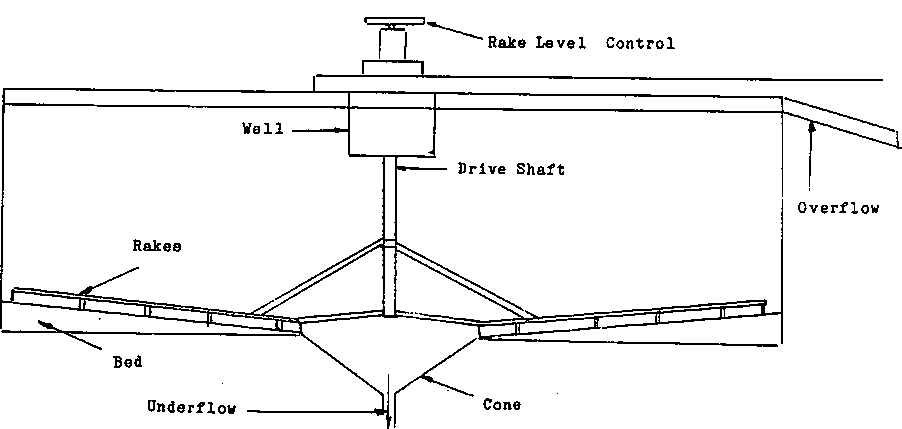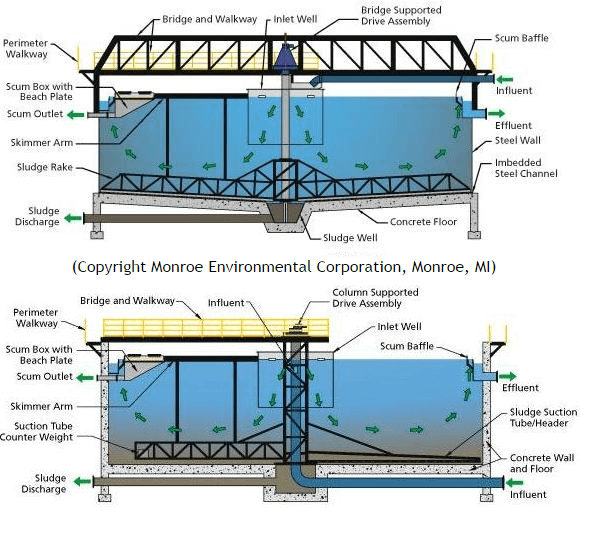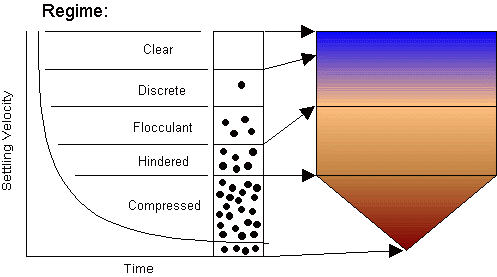 In mining, when flotation is finished with the ore, and a final concentrate has been produced, often, both products will go to a concentrate thickener before it is dried for shipping. This is a very important step so here we discuss Basic Concentrate Thickener Operation. For the mine to get its concentrate to the smelter it will have to be transported, by truck, train or ship.
In mining, when flotation is finished with the ore, and a final concentrate has been produced, often, both products will go to a concentrate thickener before it is dried for shipping. This is a very important step so here we discuss Basic Concentrate Thickener Operation. For the mine to get its concentrate to the smelter it will have to be transported, by truck, train or ship.
To illustrate the importance of this circuit, let us suppose that the concentrate, that is being shipped, has one percent more moisture in it than it is supposed to when the concentrate was shipped it was weighed out at one hundred tons. That extra one percent moisture represents one ton of water. This means, instead of receiving returns on one hundred tons of concentrate the mine will receive payment on ninety nine tons. Not only will water be sent to an area that already has enough of their own, the mine will have to pay to get it there as well. On top of that, if the moisture content is too great, drying fees may be added to the customary costs. So, if being too wet is an added expense, it must then stand to reason that ideally it should be as dry as possible.
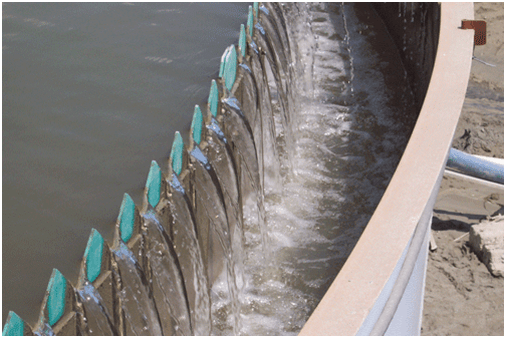 |
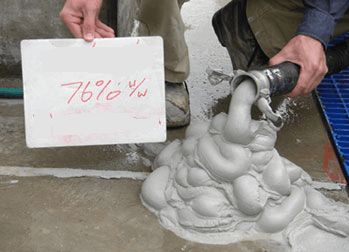 |
| A thickener has 2 products show above. Clear water at the top & thick ‘mud’ at the bottom. | |
The concentrate at this point is ground very fine. If it is too dry It becomes very dusty, the losses caused by handling, or wind, will eat into the profits by quite a bit. So from that you can see that an effectively run de-watering circuit is very important to the overall results of the mine. •
Within the scope of a de-watering circuit are three categories of equipment. THICKENERS, FILTERS and the DRIERS. Each one is a stage in producing a dry final product.
One of the good things about milling is that the names of most of the equipment reflect what function they perform. With thickener’s they thicken!
The feed to them has low density. When the concentrate is pumped out of them, the water content has been reduced far
enough to allow the next piece of equipment, the filters, to execute their part in the removal of the water. This equipment filters the concentrate to dry it as much as possible to enable the drier to finish preparing the concentrate for shipping.
The thickener is a very basic piece of machinery that performs its job in an easily understood manner. It simply provides a holding area large enough to allow the concentrate time to settle to the bottom. Once there, there are RAKES that rotate pulling all of the mineral to the center of the thickener. Prom that point it is pumped to the filter. The excess water that is not wanted in the concentrate is allowed to flow over the side of the thickener in a controlled manner. It is then either reused in the circuit or is sent to tailings.
That is simplest explanation I know of as to the workings of a thickener and its operation. But there is always a “however”. In this case, it is the operating variables and theories that the operators should know about. The first thing that we will discuss is how the size of the thickener is determined.

